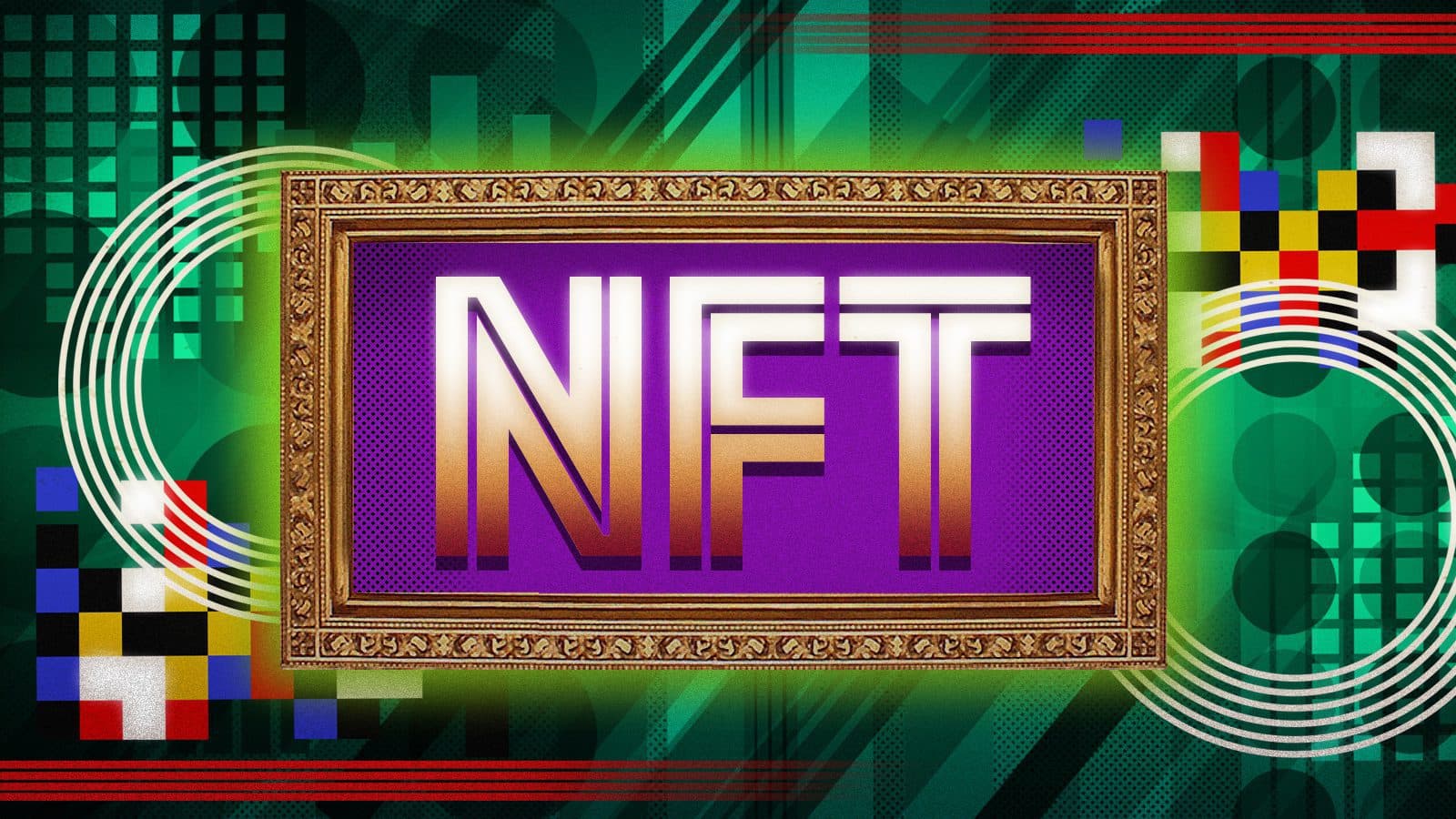One in Three NFTs End Up With Little to No Trading Activity, Report Says
The number of minted profitable NFTs is increasing over time, while that of NFTs with little trading activity is gradually decreasing

Blockworks exclusive art by Axel Rangel
- The number of those minting NFTs rose from approximately 500 to 1.2 million last year, according to blockchain analytics firm Nansen
- Demographic data of NFT minters indicates a gradual rise in retail participants
From Cool Cats to Jack Dorsey’s tweet, NFT sales notched $25 billion last year as the industry surged in popularity. But one in three NFTs ends up as “a dead collection” with little to no trading activity, according to a report from Blockchain analytics firm Nansen, published today.
The conclusions are based on observations of blockchain-based collectibles with either fewer than 10 sale transactions in the past 30 days or those that no longer have a listing on a marketplace.
While some market participants buy and sell digital works of art, others decide to mint them.
For the uninitiated, minting is the process of putting an item on-chain — making it a non-fungible token (NFT). Participants usually mint NFTs via Ethereum, Polygon or Solana, paying fees to do so.
The number of those minting NFTs rose from approximately 500 to 1.2 million last year — notching a 2,000 times growth in the market.
One in three minted NFTs, additionally, has a higher trading floor price than its initial cost to mint. The profiles of NFT minters also show a gradual rise in retail or “non-whale” minters.
“Data demonstrates a trend towards more affordable projects out-performing the initial minting price,” Paul Harwood, a product manager at Nansen, told Blockworks.
“This suggests the NFT market is maturing, with the best performing projects able to connect better with the communities and markets underpinning them.”
Since the beginning of the year, the amount of ether spent on minting has gradually declined — which could point to a slight correction in the NFT market.
“Just like any instruments in the market, I believe NFTs will see a correction,” Kevin Kang, founding principal at crypto hedge fund BKCoin Capital, previously told Blockworks.
“NFTs will not be immune to the risk-off sentiment in the market, as mainstream art collectors tend to see NFTs as a riskier asset.”
OpenSea’s transaction and trading activity plunged 67.2% and 23.31% respectively over the past month, according to blockchain data dashboard DappRadar.
Stephen Young, founder of marketplace NFTfi, told Blockworks the “money grab projects will die” in NFTs, but despite bearish signals the broader blockchain-based collectible market will not.
Get the news in your inbox. Explore Blockworks newsletters:
- The Breakdown: Decoding crypto and the markets. Daily.
- 0xResearch: Alpha in your inbox. Think like an analyst.






